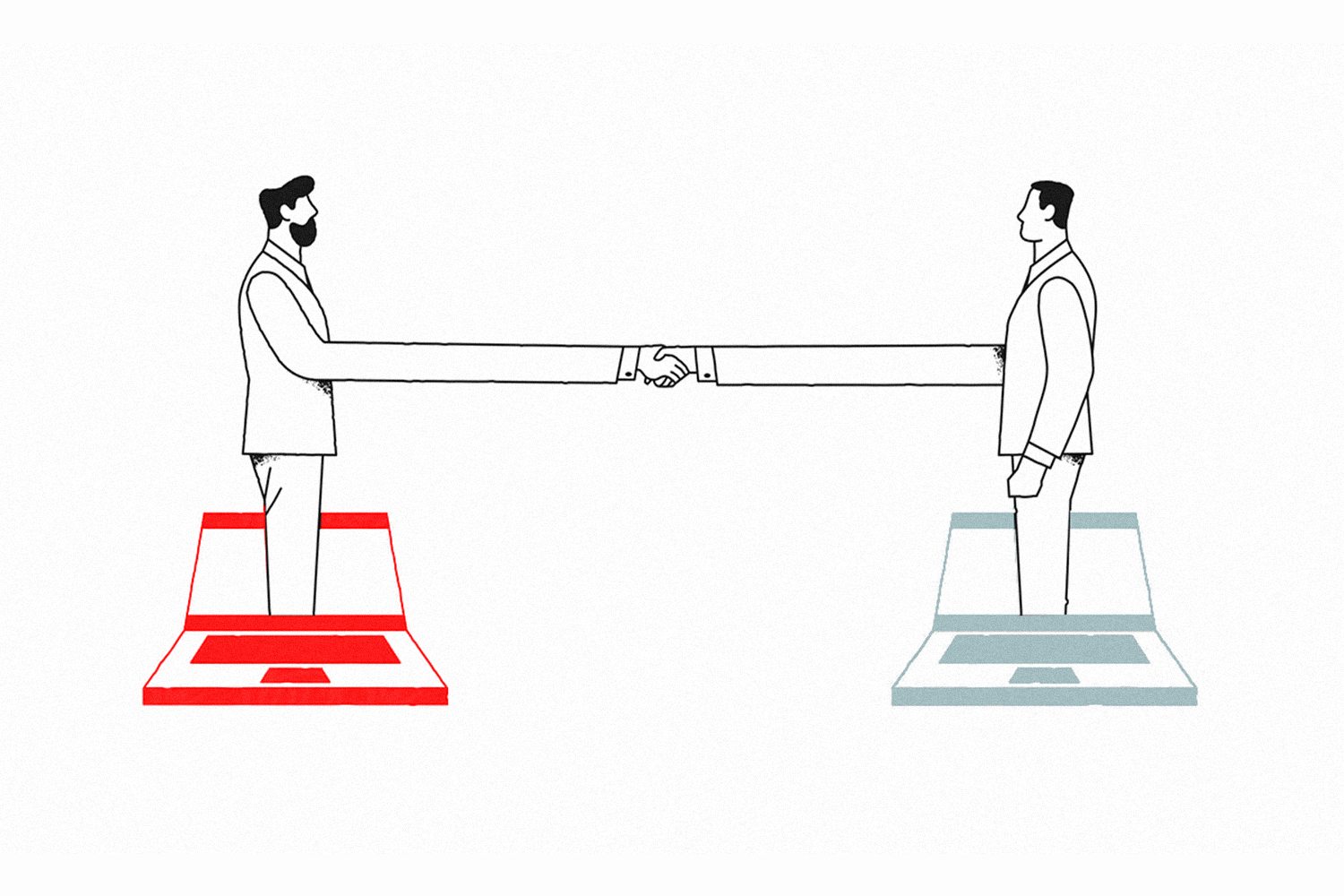Developing Leaders, Employee Experience, Leadership & Management, Training & Development
How great companies help employees plan for their future careers within the organization.
It’s hard work to create a fair workplace.
For employees to believe that their workplace is fair, they have to understand what criteria are used for hiring, promotions, and project assignments. There has to be a clear rubric with carefully communicated expectations that underpin a talent management strategy. The process has to be transparent.
That means employers must have a clear framework that defines the career journey and role levels within the organization.
At American Express, the Career and Development Plan is available to all employees via its talent, learning, and performance management platform, “Navigator.” Employees have access to the plan at any time, beginning with their onboarding experience.
“When colleagues access the tool, they are prompted to reflect on their career journey, thinking through and sharing where they’ve been, how they want to grow, and what support they will need along the way,” says Sonia Cargan, SVP and chief talent officer at American Express.
After sharing their skills, experiences, and personal strengths with the tool, employees can export a one-page snapshot that functions as an internal résumé when meeting with leaders or mentors in the company.
“Colleagues own their development,” says Cargan, “but leaders play a meaningful and important role in their career journey.”
When an employee takes their snapshot to a coffee chat with their mentor, the tool helps that mentor have a more productive conversation about career goals and opportunities within the company.
At Bread Financial, the Career Navigator site is the tool that helps employees identify the next step in their careers. Their tool follows three Ls:
- Learn. Resources help employees develop skills for their current role and for desired future roles.
- Lean In. Opportunities that allow employees to have temporary placement or projects in other areas of the business to gain new skills.
- Leap. Open full-time roles that employees can apply for.
It’s essential that these career tools serve the needs of both employees and their leaders, says Sam Anders, senior director, talent development for Bread Financial.
“For us, it was equally as important for leaders to understand the programs, so they could appropriately recommend [a program to] their team members as part of their development goals and needs,” she says.
Mastercard’s learning and development strategy strives to help employees own and navigate their careers. A tool called the “Development Card” is a crucial part of an integrated performance management and development process.
“While growth and development is an ongoing, continuous part of the employee experience, we set very intentional moments during the year for people leaders and employees to connect and have a formal conversation about growth and development aspirations,” says Lucrecia Borgonovo, chief talent and organizational effectiveness officer at Mastercard.
Every employee completes their Development Card by listing career aspirations, skills they would like to develop, and the resources they’ll use to make progress on their development goals.
“For example, if an employee shares that they want to learn more about financial inclusion, or pursue a role in cybersecurity, or open banking – you name it – they could include a Learning Academy course or resource, a work project, a mentor, a skill-based volunteering opportunity, or a new role that they will pursue in support of their career aspiration,” says Borgonovo.
“Employees are encouraged to seek out these opportunities by building a network, taking an active role in their development, and leveraging their people leader as a key partner in their development journey.”
While employees are empowered to take a lead role in their development journey, it is key that they discuss their card with their manager, making sure that their aspirations and responsibilities are aligned.
“This work is ongoing,” says Borgonovo. The employee’s development journey lives in Unlocked, Mastercard’s internal talent marketplace, where they can continue to be matched to growth and development opportunities in support of the skills they have, the skills they want to build, and the career paths they want to pursue.
Lessons learned
How can leaders reshape their culture to help employees feel like they have control over their careers? Here’s a few top tips:
1. Collaboration is key
For American Express, redesigning its Career and Development Plan tool to incorporate feedback from colleagues across the business was an essential part of the process.
At Mastercard, a key lesson has been the value of meaningful and transparent conversations between managers and employees.
“We listen our employees’ needs and then take very intentional action about our plans and approach,” says Borgonovo.
2. Encourage self-reflection
Whatever tools you adopt, there should be space for employees to explore their skills and career goals. Self-reflection ensures employees “truly understand what engages them most, what their drivers/motivators are, how they identify transferable skills that can move them successfully into new functions without experience, and what skill sets the business needs most,” says Anders.
That’s why Bread Financial’s Career Navigator tool comes with a digital workbook that prompts employees to explore what they really want from their career.
3. Prioritize listening and equip managers for success
At Mastercard, a key lesson has been the value of meaningful and transparent conversations between managers and employees. Seeking and giving feedback is a skill that is carefully developed and tied to their cultural value: “Help each other be great.”
“We listen to our employees’ and business leaders needs and then take very intentional action about our plans and approach,” says Borgonovo.
“We create space and bandwidth for employees to learn. If employees have too many tasks on their plate, they won’t participate in growth opportunities or learning programs.”
For Mastercard, giving employees space for their personal growth has meant:
- Investing in flexible work to provide opportunities to work on projects across other parts of the business
- Creating bandwidth for learning through quarterly meeting-free days, end-of-week flex time
- Matching employees to relevant experiences (i.e. learning, open roles, mentoring, skill based volunteering) via its AI-driven internal talent marketplace, Unlocked
- Curating on-demand, targeted learning content via a variety of formats (courses, podcasts, articles, etc.)
4. Make your career development planning actionable
As you identify areas that employees can work on to further their growth, make sure you define how they will grow their skills with clear steps and goals.
It’s important for employees to update their career and development plans with both planned activities and timing with input from their manager, says Cargan.
“This helps paint a clear picture of what progress looks like so they can hold themselves accountable to key actions that enable growth.”
5. Prioritize psychological safety
Your workers must feel comfortable taking risks, and that they won’t be penalized for exploring new roles or projects. For Bread Financial, this means ensuring that employees who are exploring an apprenticeship or stretch role through the company’s development program know they can go back to their original role if the new one isn’t a fit.
Build a better workforce
Get started with Certification™ to get the data on how employees feel about their ability to grow and develop within your organization.











